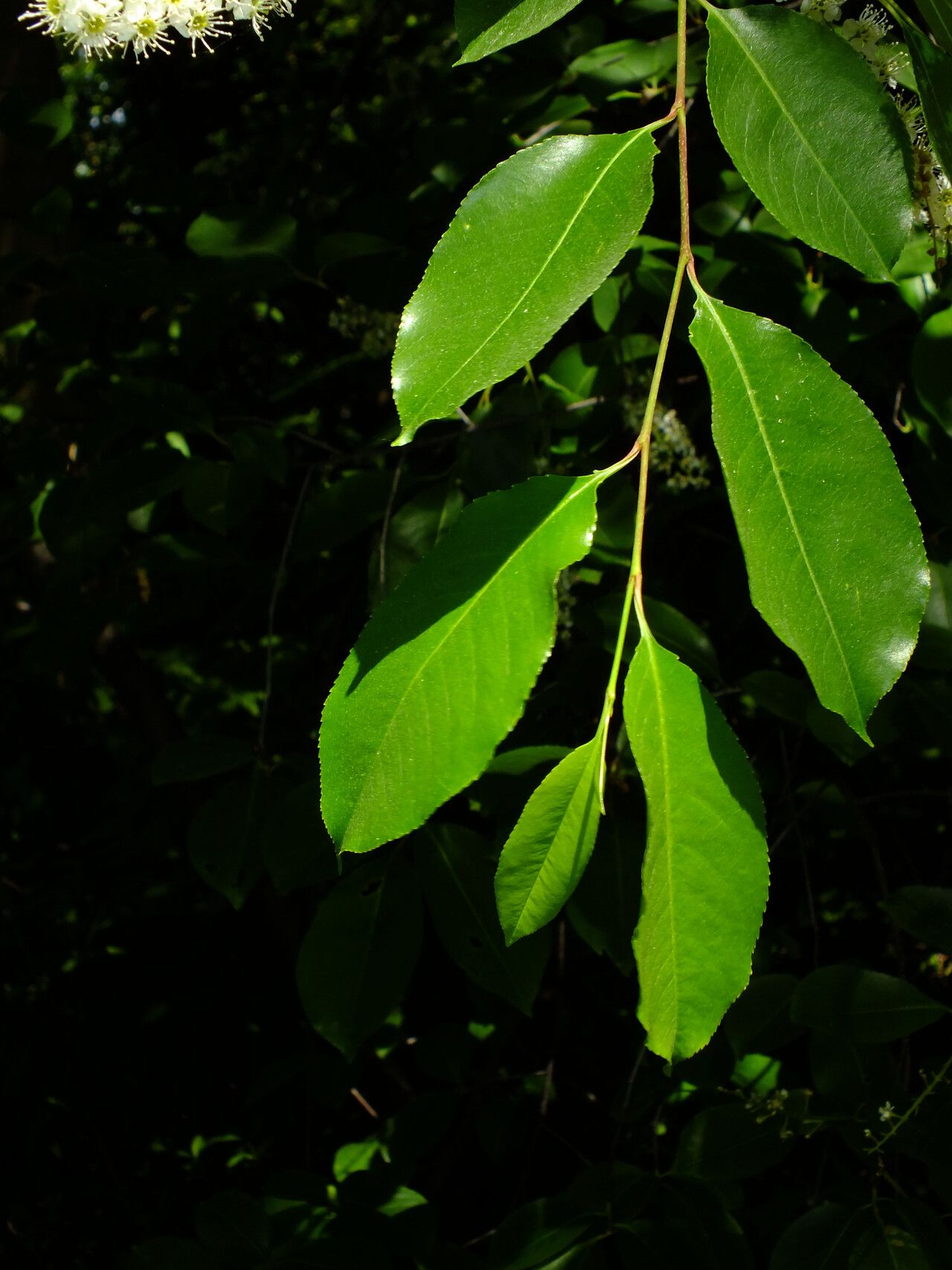Observação
Determinação
Determinação proposta
Nome provável (Nome submetido)
100%Pontuação de confiança
Sugerir outra determinação
Não concorda com as espécies sugeridas mas não tem outra sugestão
Comentários
Dados adicionais
Criação de dados
10 de mai de 2024
Última revisão
10 de mai de 2024
Łódź, Botanical Garden
Introduced to Poland at the end of XVIII century; invasive plant!
Ornamental plant.
Edible plant - fruits raw or cooked in pies, jellies, stews, etc., they must be fully ripened for to avoid a bitter taste; seeds raw or cooked.
Herbal plant - the bark of the root, trunk and branches is antitussive, astringent, pectoral, sedative, stomachic and tonic; a decoction of the inner bark has been used in the treatment of laryngitis; the root bark has been used as a wash on old sores and ulcers; fruits are astringent and has been used in the treatment of dysentery.
Useful plant - a green dye can be obtained from the leaves; a dark grey to green dye can be obtained from the fruits; the reddish-brown wood is close and straight-grained, light, strong, rather hard, highly shock resistant.
In Poland, it is sometimes planted in the undergrowth in pine forests and in mixed coniferous forests to enrich biodiversity and ameliorate soil conditions.
Compartilhado em
Grupos (16)



